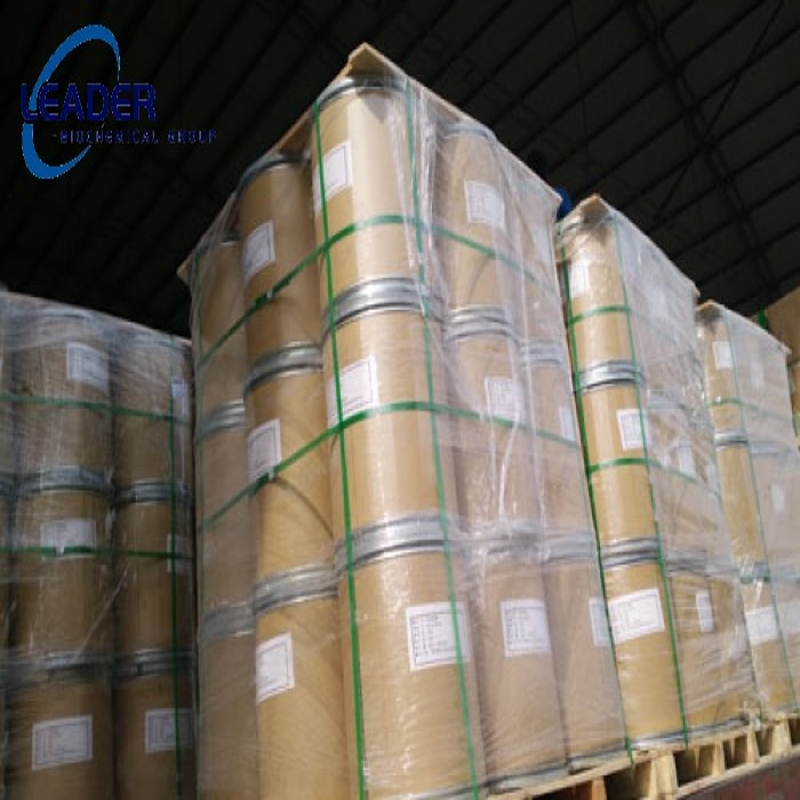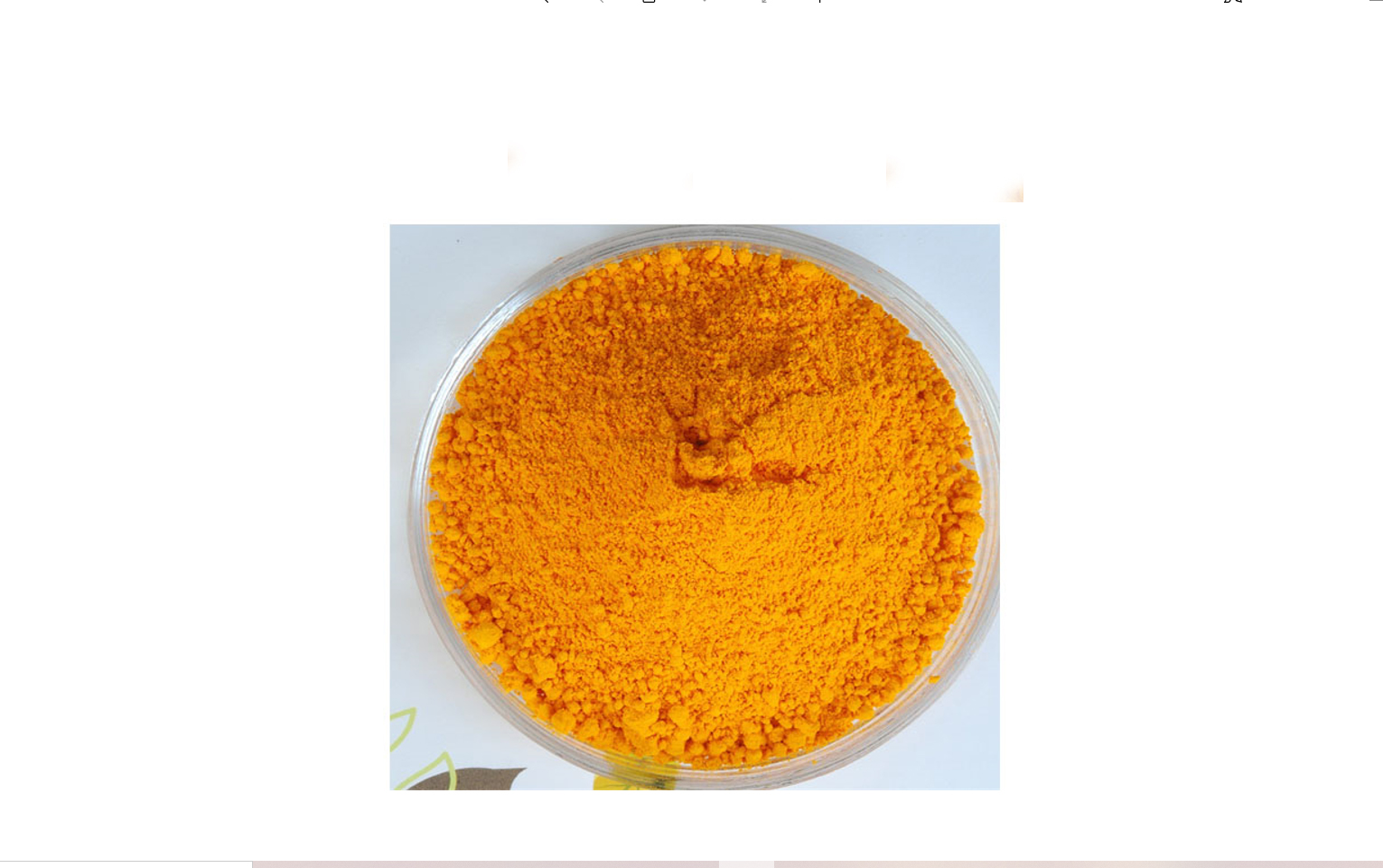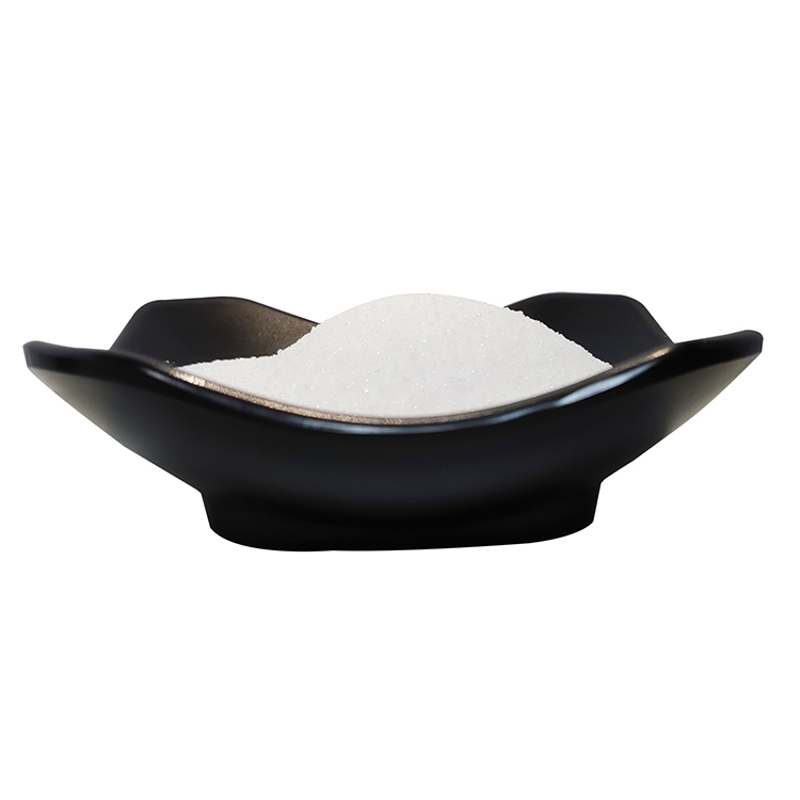-
Categories
-
Pharmaceutical Intermediates
-
Active Pharmaceutical Ingredients
-
Food Additives
- Industrial Coatings
- Agrochemicals
- Dyes and Pigments
- Surfactant
- Flavors and Fragrances
- Chemical Reagents
- Catalyst and Auxiliary
- Natural Products
- Inorganic Chemistry
-
Organic Chemistry
-
Biochemical Engineering
- Analytical Chemistry
-
Cosmetic Ingredient
- Water Treatment Chemical
-
Pharmaceutical Intermediates
Promotion
ECHEMI Mall
Wholesale
Weekly Price
Exhibition
News
-
Trade Service
Photo by Vivek Lal
The two factors that contribute to the lung disease bronchopulmonary dysplasia (BPD) in extremely premature infants are the need for high concentrations of oxygen to help breathe, and microbial dysregulation
in the lungs after birth.
Charitharth Vivek Lal and colleagues at the University of Alabama at Birmingham have previously demonstrated that a microbiome
develops in the lungs shortly after birth in very low birth weight babies.
They also showed that the development of severe BPD in these infants was associated with microbial dysbiosis, characterized by an increase in the relative abundance of the gamma proteobacteria phylum, including Escherichia coli and Pseudomonas, and a decrease
in the firmicute phylum, including lactic acid bacteria.
Now, to move from correlation to causation, they report two firsts: a humanized mouse model of lung microbiome transplantation, and a demonstration
of the use of active biotherapeutic products in preclinical models of chronic lung disease.
UAB researchers found that experimental microbial dysregulation in this model led to redox imbalances that damaged the lungs
of newborn mice.
They showed that a live-biological therapeutic mixture using three lactic acid bacteria could improve lung damage
.
The mechanism of the link between lung microbial abnormalities and worsening lung injury is unclear; But what is known is that Nrf2 transcription factors in lung cells control genes that regulate oxidative stress, which can modulate lung damage
caused by high oxygen concentrations.
Thus, Lal and his colleagues validated the hypothesis that the presence of airway dysbiosis weakens the nrf2-dependent antioxidant function and leads to a more severe form of
BPD.
Most of the studies used a new series of humanized gnotobio mouse models
of UAB.
In this model, germ-free mouse pups are inoculated one day after birth and then subjected to an environment
with normal oxygen concentration (called normoxia) or high oxygen concentration (called hyperoxia) from 3 to 14 days after birth.
In the study, published in the American Journal of Respiratory Cell and Molecular Biology, UAB researchers report five key findings
.
First, endotoxin levels in Proteobacteria endotoxin and reduced
lactic acid bacteria species in extremely preterm infants with severe BPD (also shown to contain excess γ-Proteobacteria) were increased compared to age-matched non-BPD infants.
Next, in a humanized germ-free mouse model, young mice inoculated with BPD infant aspirate increased hyperoxia-induced lung injury
compared to mice inoculated with age-matched non-BPD infant aspirate.
Third, the researchers inoculated a representative γ Proteobacteria, E.
coli, into sterile young mice or young mice with intact microbiota
.
This produced more severe disease in both models and altered the nRF2-regulated antioxidant response
in sterile hyperoxic mice.
Fourth, they found that enhancing lung colonization in mice with potentially beneficial lactobacillus-based live biological therapeutic products (LBPs) in wild-type mice and mice lacking the Nrf2 gene could reduce lung damage
when hyperoxic.
In wild-type mice, the expression of two antioxidant genes regulated by Nrf2 increased, an interesting finding suggesting that the enhanced antioxidant response may be at least partly played by lactic acid bacteria via the Nrf2 pathway
.
To verify this, the researchers finally found that human bronchial epithelial cells exposed to Lactobacillus probiotic mixture showed time-dependent and dose-dependent increases
in the expression of the antioxidant genes HMOX1 and NQO1 in two Nrf2 pathways.
"Our findings are most consistent with a model that the poorly protective microbiome structure leads to weaker NRF2-mediated lung antioxidant
defenses," Lal said.
"LBP, which is based on lactic acid bacteria, appears to be an inducer of antioxidant activity in the Nrf2 pathway and may be sufficient to provide a protective effect
.
Furthermore, our in vitro experiments show that this may be due to a direct interaction
between LBP and bronchial epithelium.
”
This suggests that the risk of developing severe BPD may be modifiable by using appropriate LBP
.
"Chronic lung diseases are complex, and targeted new treatments are necessary," Lal said
.
"We have developed specific LBP products that are exclusively licensed and commercialized
through our university affiliate, Alveolar Biosciences.
"







